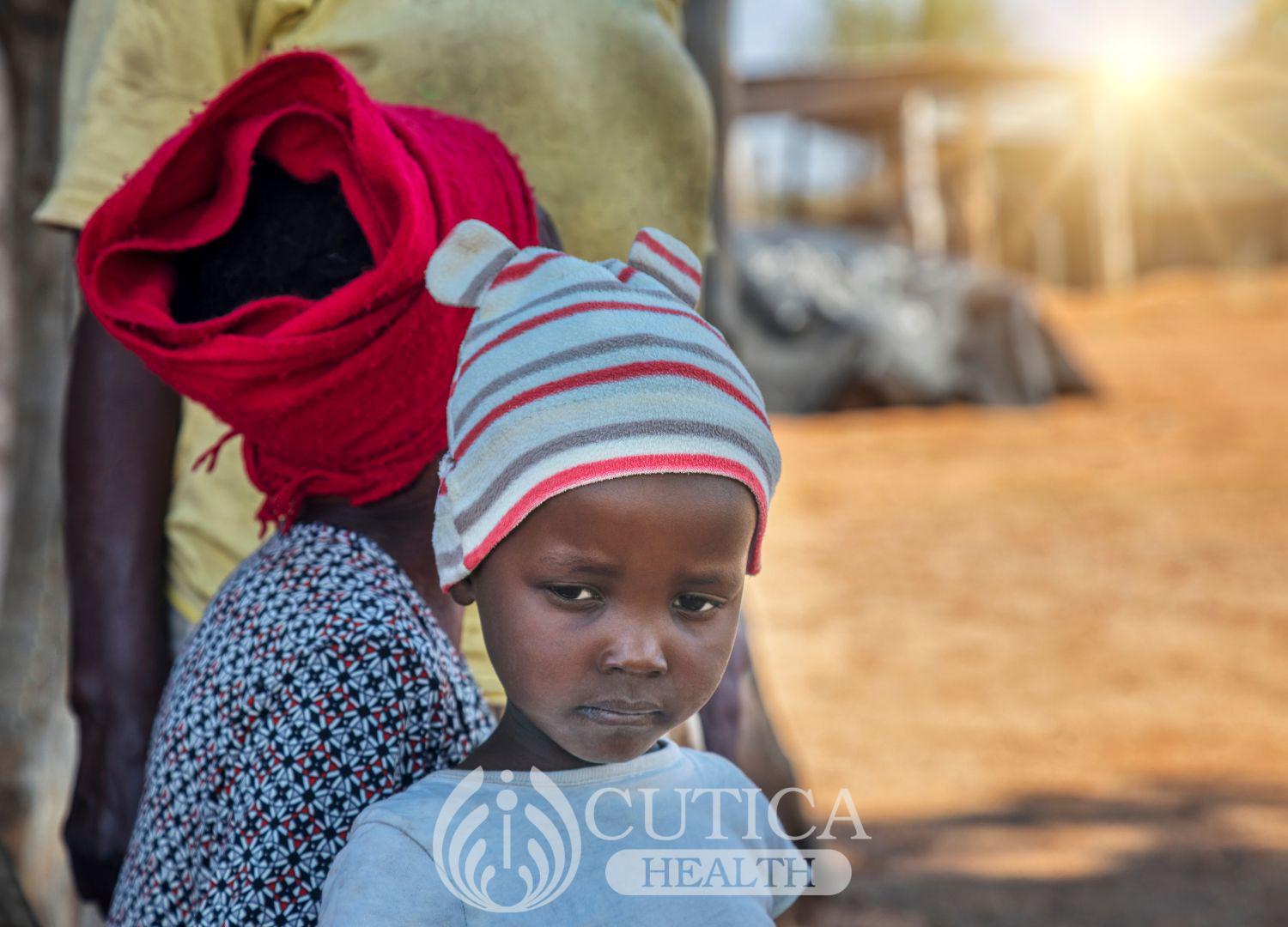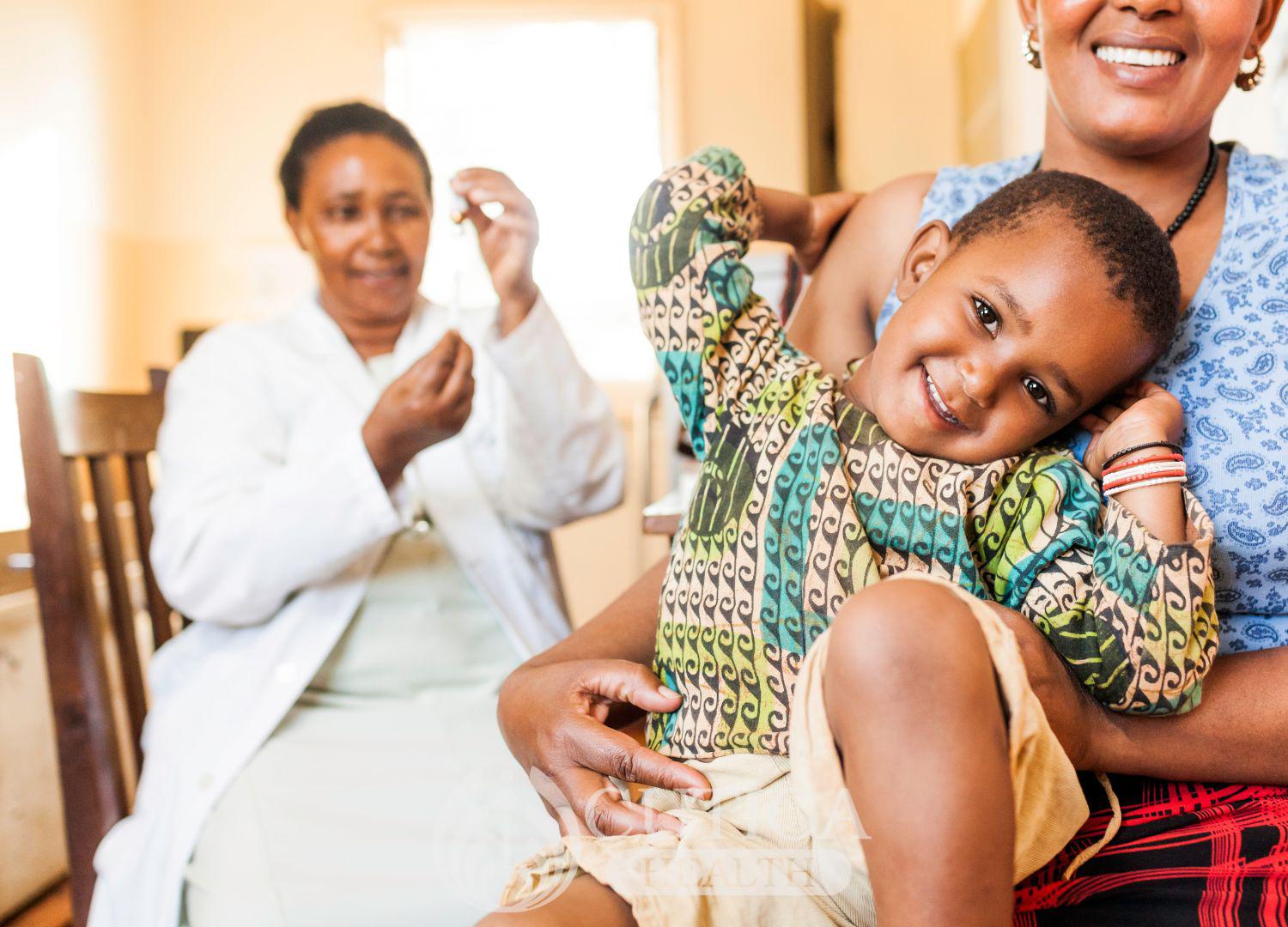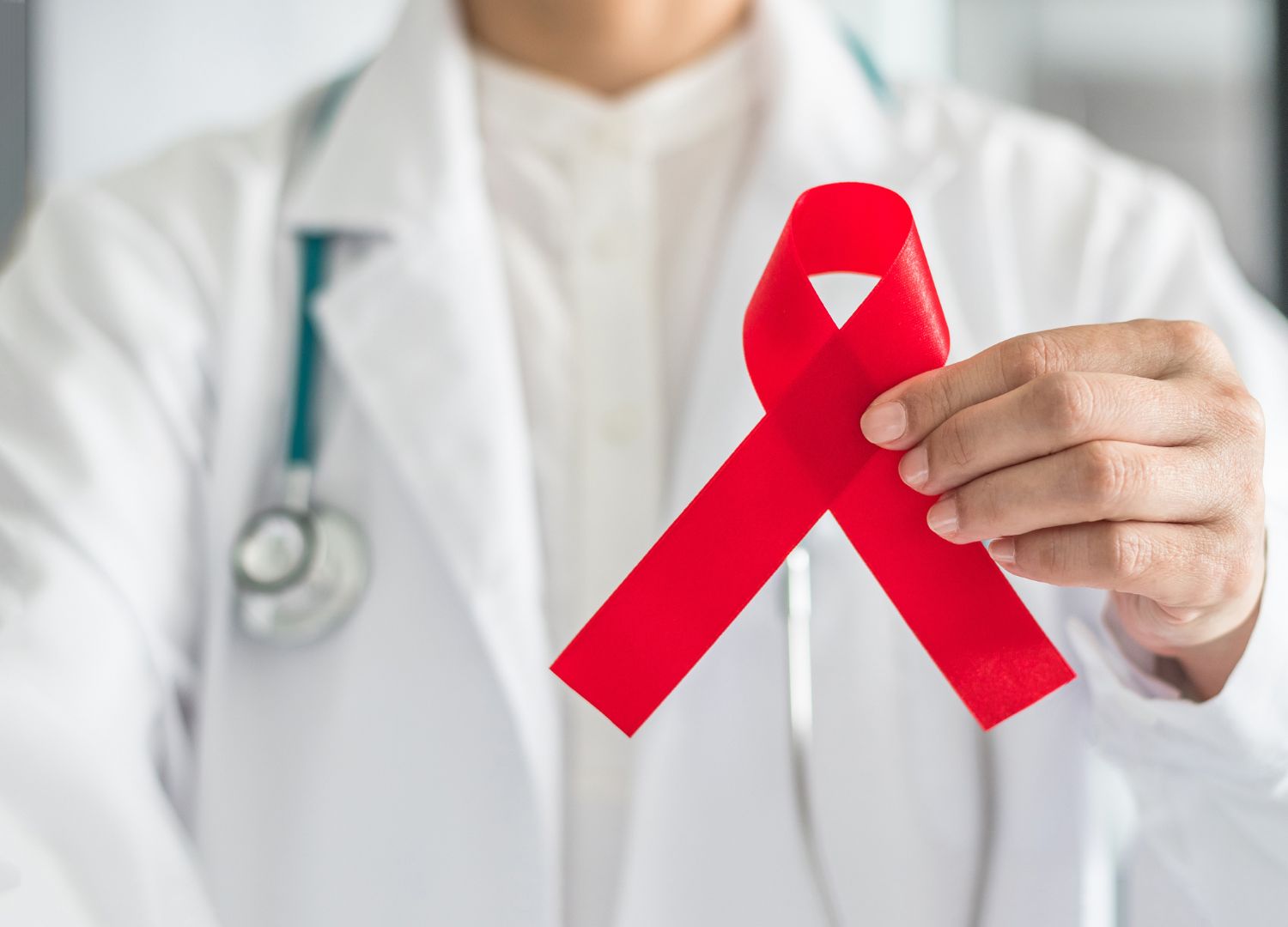
It was a sunny day in the park, and six-year-old Emma was playing with her friends when she collapsed. Her parents rushed her to the hospital, and after several tests, the devastating news came – Emma had leukemia.
What is leukemia?
Leukemia is a type of cancer that affects the white blood cells, which are an essential component of our immune system. In children, leukemia is the most common type of cancer and can be life-threatening if left untreated.
Types of leukemia
There are two main types of leukemia in children.
- Acute Lymphoblastic Leukemia (ALL)
ALL is a type of leukemia that affects the lymphocytes, a type of white blood cell. This form of leukemia is more common in children than adults andit is also the most treatable.
Acute Myeloid Leukemia (AML)
AML is a type of leukemia affecting the myeloid cells, which produce red blood cells, platelets, and some white blood cells. This form of leukemia is less common in children but more aggressive.
Symptoms
The symptoms of leukemia in children can vary, but the following are some of the most common:
- Fatigue and weakness
- Pain or tenderness in bones or joints
- Bruising or bleeding easily
- Swollen lymph nodes
- Pale skin
- Fever or infection
- Loss of appetite or weight loss

Diagnosis
The diagnosis of leukemia in children starts with a physical examination and a review of the child's medical history. If the doctor suspects leukemia, they will order several tests, including:
- Blood tests: to check for abnormal white blood cell counts
- Bone marrow tests: to check for cancer cells in the bone marrow
- Imaging: X-rays, CT scans, and MRI scans to look for signs of cancer in the bones and other organs.
Treatment
The treatment of leukemia in children is done by specialists. Treatment generally involves the use of chemotherapy. The available treatments are getting better. Bone marrow transplantation is sometimes used where available.
Coping with leukemia
The diagnosis of leukemia in a child can be overwhelming for families. Families can get support from loved ones, healthcare providers, and support groups. Children with leukemia may also benefit from psychotherapy to help them cope with the disease’s emotional impact.
In addition, parents can also help their children by creating a supportive and positive environment at home. Encouraging them to participate in physical activities and hobbies can improve their overall well-being.

Conclusion
Leukemia in children is a life-threatening condition that requires prompt diagnosis and treatment. With proper care and support, children with leukemia can recover and live a healthy and happy life.












